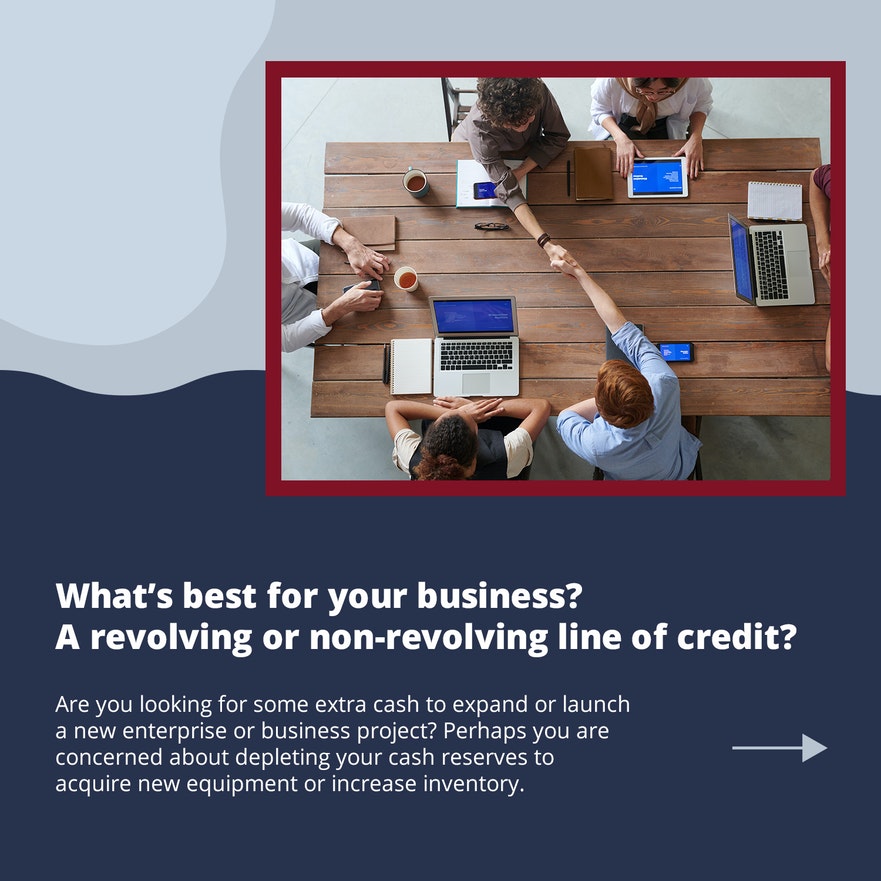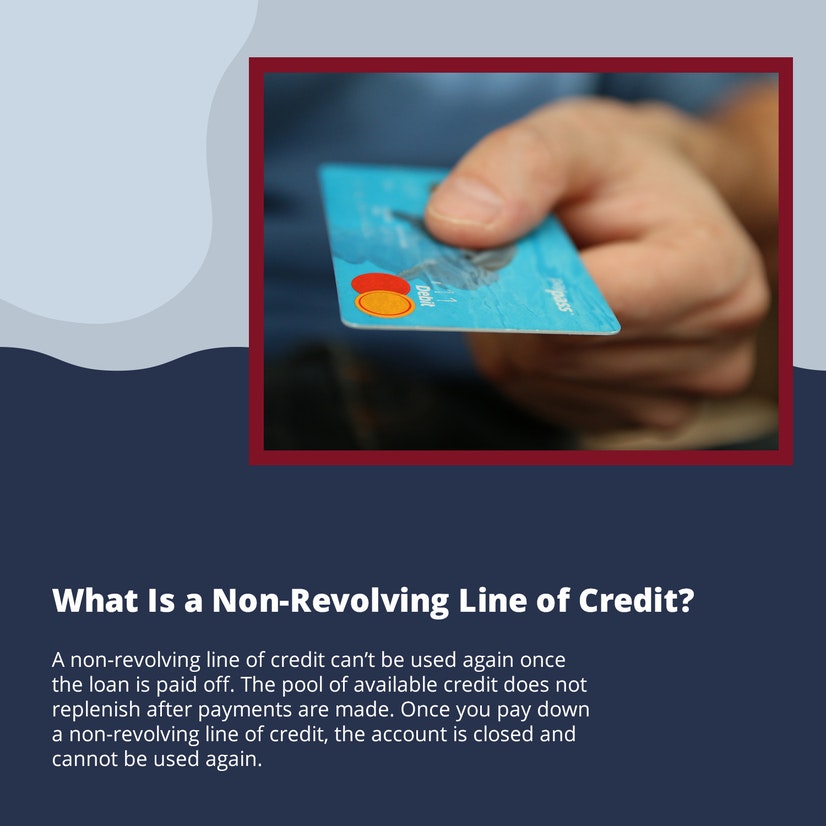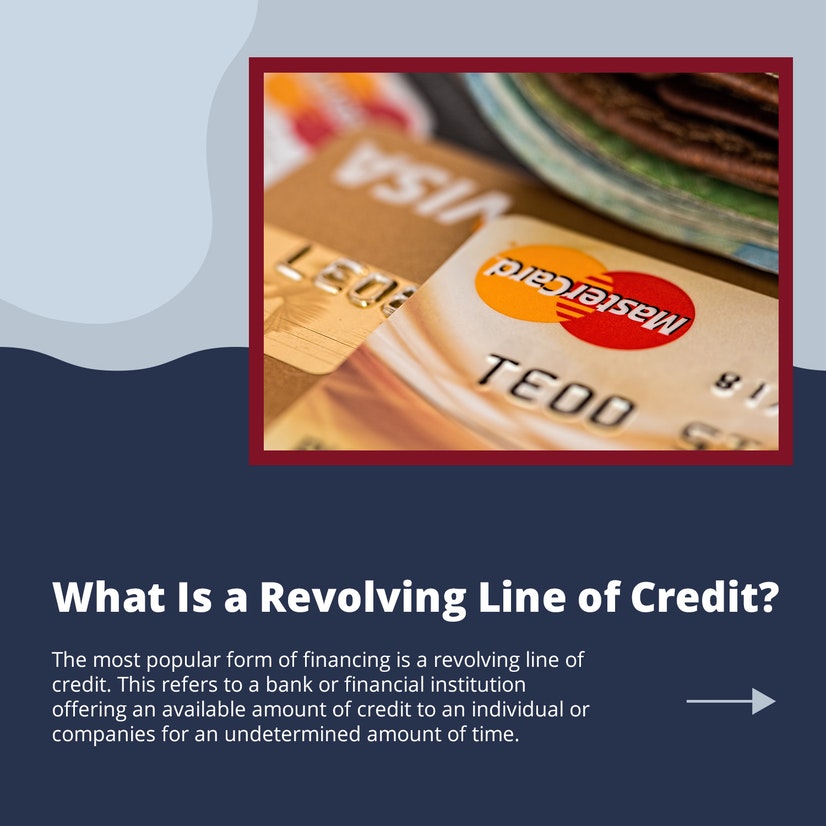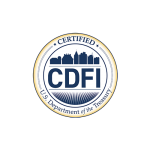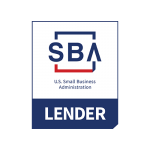Revolving vs. Non-Revolving Business Lines of Credit
Are you looking for some extra cash to expand or launch a new enterprise or business project? Perhaps you are concerned about depleting your cash reserves to acquire new equipment or increase inventory. Whatever your situation is there are multiple ways to secure financing for your business including business loans, mortgages, grants, and business lines of credit. One of the best ways to secure financing is establishing a business line of credit. Business lines of credit can be very useful, especially for businesses that are seasonal or experience sharp fluctuations in cash flow. There are two primary ways to access a line of credit: either as revolving or non-revolving business lines of credit.
Here is the difference between the two, and some pros and cons of each.
What is a Revolving Line of Credit?
The most popular form of financing is a revolving line of credit. This refers to a bank or financial institution offering an available amount of credit to an individual or company for an undetermined amount of time.
Once a credit limit is established, funds can be used for a variety of purposes. Interest is charged only on the borrowed amount and payments may be made at any time. The debt is repaid periodically and more money can be borrowed again as the loan is paid down.
A revolving line of credit is similar to a credit card but with some important differences. With a line of credit there is no physical card, nor does it require a specific purchase.
With a revolving credit line money is to be transferred into a bank account for any reason. An actual transaction is not needed. It’s very similar to a cash advance, where funds are made available upfront. For this reason, revolving credit typically has significantly lower interest rates compared to credit cards.
As with any kind of financing, a bank or lender will evaluate your ability to pay back the loan before issuing a line of credit. When seeking credit, be prepared to present your company’s balance statement, income statement, and statement of cash flows to your lender.
What is a Non-Revolving Line of Credit?
Here’s the difference, a revolving line of credit allows the credit line to remain open regardless of when you spend or pay off your debt, while a non-revolving line of credit can’t be used again once the loan is paid off. The pool of available credit does not replenish after payments are made. Once you pay down a non-revolving line of credit, the account is closed and cannot be used again.
For either form of loan, you need to go through the approval processes, both options are relatively low-maintenance avenues for securing financing for lower-level purchasing needs. Neither requires that the purchase or reason for credit be for anything specific. So, if you need more flexibility in your financing, lines of credit are a great way to go.
With either of these, there is no set monthly payment requirement, so you can pay whenever you want to or can pay it off—to an extent. This means you can pay everything immediately if you choose to with no penalty. Compare this to a long-term installment loan which might penalize you for early payment. Either loan allows you to pay off the debt in an installment or minimum monthly payment to pay off larger purchases over time with interest. Both options have better interest rates and higher credit amounts than credit cards.
Take Out Debt Cautiously
Only borrow what you know you can pay off. You still are at high risk if you can’t pay. Although you may have increased flexibility in terms of the payment schedule, interest accrues no matter what and will be capitalized on. It’s up to you to make sure you borrow what you can pay back and not let the interest—which tends to be a higher rate—get out of hand.
Though they have better rates than credit cards, compared to other traditional financing options, say, loans or installment loans, both revolving and non-revolving business lines of credit are going to have higher interest rates because the vetting process is more lenient, thus making the risk higher.
So, beyond that, what are the differences, the pros, and the cons between the business lines of credit?
Revolving Business Lines of Credit: Pros
With revolving business lines of credit, you have access to continuous borrowing. You can borrow what you need, when you need it, without having to reapply for financing over and over again—so long as your outstanding balance allows for it. This means that if you have $1,000 in revolving credit, so long as you pay off your balance every month, you’ll always have $1,000 to spend in credit month over month.
You can grow your credit limit. Just like a credit card, lenders of a revolving line of credit can increase your credit limit over time, allowing you to have higher purchasing power and an improved credit score.
Revolving Business Lines of Credit: Cons
You have limited borrowing power. Revolving business lines of credit typically have the lowest credit line amounts of the two options. However, if you make a timely payment your creditors will likely increase this amount over time.
Higher interest rates: Between the two lines of credit, revolving credit has higher risk associated and thus higher interest rates. Of course, if you can pay off your balance every month, this won’t affect you.
Non-Revolving Business Lines of Credit: Pros
Non-revolving business lines of credit can be secured with lower interest rates: Everyone loves better interest rates, even if it is a slight amount, and even if you pay it off every month. Managing debt is all about hedging your risk.
You can borrow higher amounts with a non-revolving loan, because of the rigidity of the non-revolving system, lenders often lend a higher amount initially than with revolving lines of credit.
Non-Revolving Business Lines of Credit: Cons
Non-revolving business lines of credit are more maintenance: You’ll have to make another application and go through the approval process to borrow additional funds with a non-revolving line of credit. This can be a hassle and prevent you from getting the money when you need it quickly.
The Bottom Line
The first step in choosing the right kind of financing is knowing your options and understanding what you and your business need and are able to manage effectively. These flexible financing options can be great for some situations and less great for others.


